What exactly did Lijiang look like two hundred years ago?He searched for the answer thousands of miles ...
Author:Guangxi Satellite TV Time:2022.08.13
In 1985, the painter Huang Ge Sheng completed a 200 -meter legendary work -the long volume of the ink painting "Lijiang Hundred Miles", which caused a sensation in the art world. Prior to this, his teacher Huang Dufeng created 21 meters in 1976. "Lijiang Baili Map" long volume. Touring forward again, as early as 1940, Huang Dufeng's brother, Guan Shanyue, painter of Lingnan Painting School, used Guilin as his first stop of his "Wanli Road, Teacher Fa Nature" art practice activity. Litu.
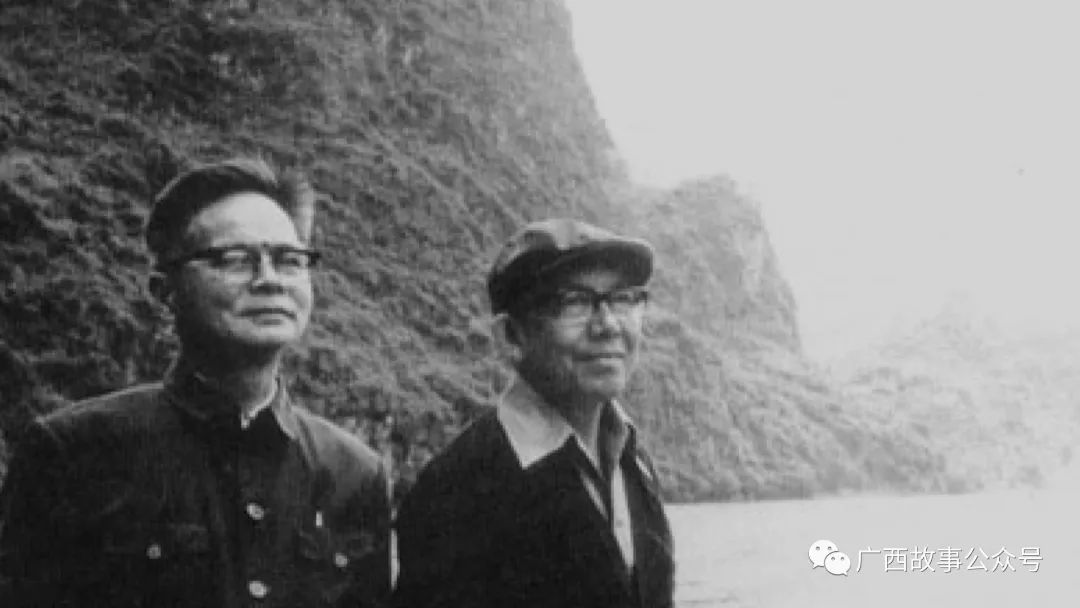
Guan Shanyue (first from left) in Guilin
Generations, inheritance and innovation. The Lijiang River, for thousands of years, has always been the source of endless inspiration of literati. According to documents such as "Western Painting Consciousness", the first handed down painting paintings that outline the panoramic view of the Lijiang River were the "Jiang Xingtu" written by Guilin painter Li Xiyuan in 1837, which led to a legend of the painting scene in the Qing Dynasty in Guangxi.

In the seventeenth year of the Qing Dynasty (1837), Li Xiyuan, a 57 -year -old Guilin Yongfu, took a boat north from Guilin to retrograde along the Lijiang River. He passed the Xiangjiang River under the Lingqu in the ancient canal of Xing'an, and went out of the Chenglingji from Dongting Lake, Yueyang. He followed the Chibi along the Yangtze River and finally arrived in Wuchang.
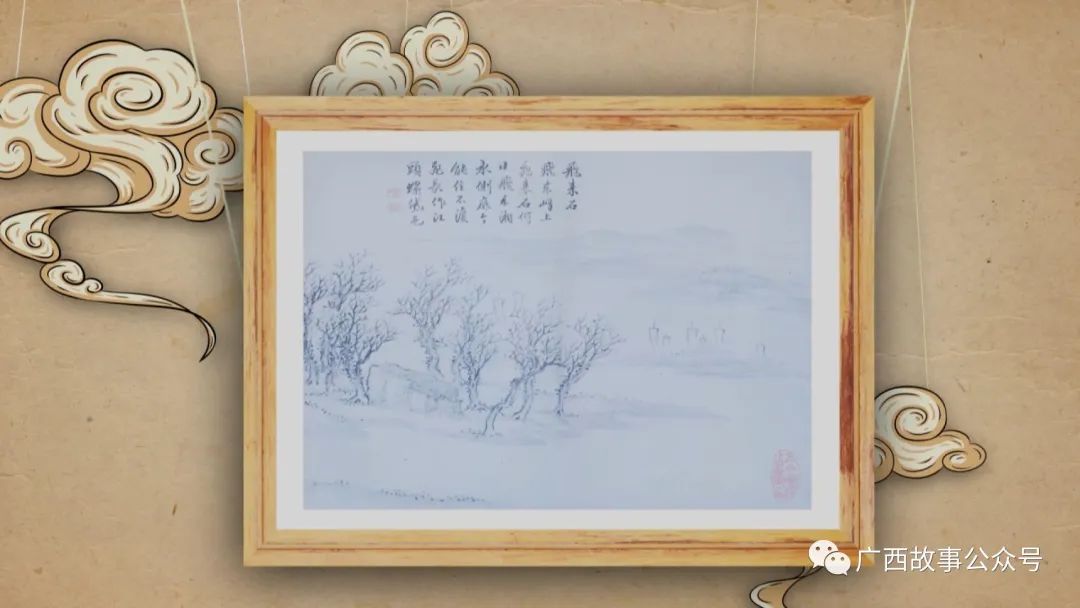
Thousands of rivers, Li Xiyuan painted Jing Jing along the way, and drew a total of 35 sketches to integrate a "Jiang Xing Tu". The book pages are 24.4 cm long, 29.3 cm horizontal, one painting and one poem, the brushwork is flexible and vivid, and the artistic conception is high. Passing by the famous scenic spots from Xing'an Lingqui, flying the stone, Li Xiyuan made a poem and asked it, "Flying to the peak to fly the stone, why will fly to Xiangshui side?" The boat slowly drove across the state, and Li Xiyuan recorded the excitement of Xiangshan Temple once "the thousands of trees of the pavilion". The Yueyang Tower beside Dongting Lake, Li Xiyuan said with emotion, "Swallow the water of the sky to go to leisurely."
Professor Tao Yimei, deputy dean of the Academy of Arts of Guangxi Academy of Art, believes: "Jiang Xingtu" has its artistic characteristics, in addition to the traditional techniques of Yuan people, but also has the characteristics of Shi Tao (to) nature. The traditional pen and ink language was integrated into the sketch. At that time, he jumped out of the traditional barrier. "
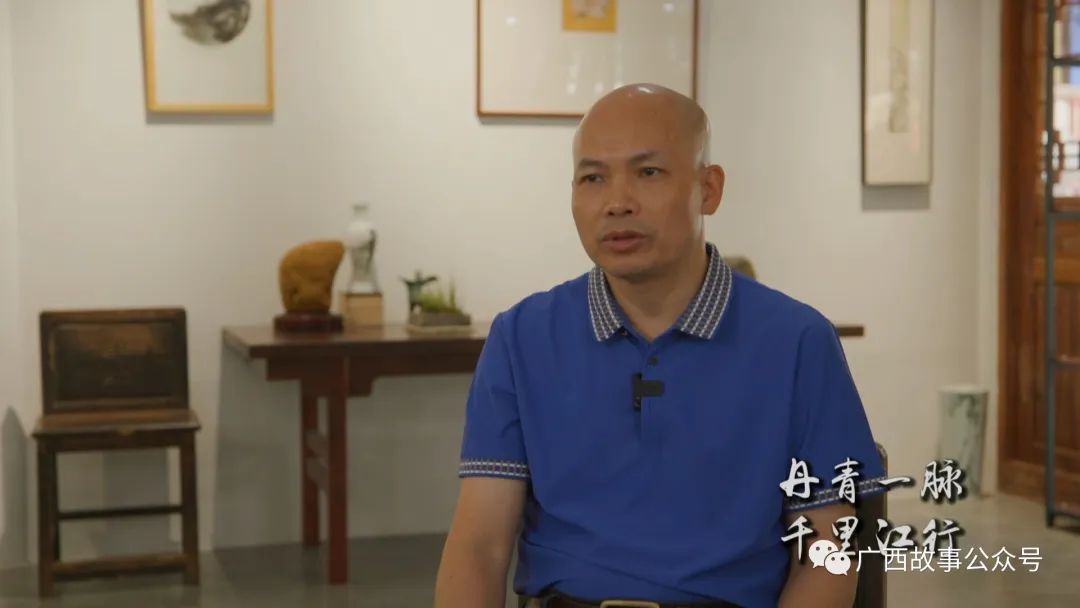
(Professor Tao Yimei, Deputy Dean of the Academy of Arts of Guangxi Academy of Arts)
The vicissitudes of the world, the beautiful scenery of the mountains and rivers depicted by "Jiang Xingtu" has been annihilated today, but some places are still the same. The sketch of "Jiang Xingtu" let us see the Lijiang Show and Xianggui scenery two hundred years ago. The ink marks waved, in the album, the time stopped on the day when the painter stared at them.
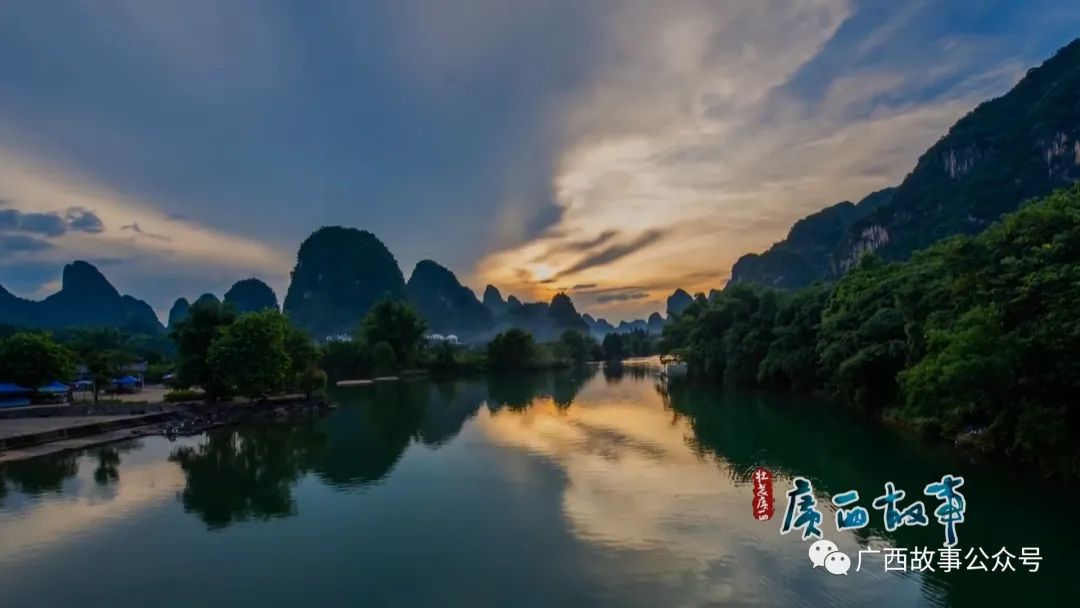
Li Xiyuan (1780-1869) of "Jiang Xingtu", a star gate, a painter and calligrapher in Guangxi Yongfu family, born in a prominent official family. Li Xiyuan's father -in -law was known as the famous painter of "the crown of Guangxi Landscape Painting in the Qing Dynasty" by his descendants. Zhou Ji Geng won the essence of the techniques of Shi Tao and the Yuan Dynasty painters, and taught these techniques to his son -in -law Li Xiyuan.
Starting from Li Xiyuan, the Dan Qing family, known as the "eight generations of the eight generations, brushes like a forest". Their affectionate depictions of Guilin's landscapes, and the accumulation of techniques have also become a ray of Dan Qingwen, affecting the later painters.
Li Xiyuan took his father -in -law's mantle and painted himself. He likes Ni Yan, imitates Huang Gongwang, and gradually forms his own unique style in the integration of integration, showing the innocent and naive landscape feelings in the simple and deep realm.
In 1836, Li Xiyuan got the name of Enson's imperial examination. It is said that he is extraordinary in his own family. However, he seemed to have no desire to enter the officialdom at all. He turned around and drew the boat between the rivers and lakes. The landscape map he painted, the peaks of the mountains, and the depth of the Qiu Yan, the person who couldn't see the face moved forward slowly, as if incorporated into nature and stayed away from the vulgar world. Why didn't he want to contaminate the officialdom? Why did you take a boat away the next year after getting Engong? Li Xiyuan hidden his mind between the fog dyed in the pen and ink.

Li Xiyuan's painting "Jiang Xing Tu" was Daoguang for seventeen years. At this time, it was only three years before the first Opium War in 1840. The rule of rule of the Qing Empire was clearly visible. Shi Zhi records that during the Daoguang period, more than 20 counties in Guangxi had severe plague, water disasters, droughts, and insects in Guangxi. Farmers uprising in various places frequently occurred. Officials were stacked by natural disasters and human disasters, and people's livelihoods were suffering everywhere. Even though Li Xiyuan's family was rich, the turmoil of society must be in his eyes.
According to the "Yongfu County Records", Li Xiyuan studied medical skills outside of painting. Plague appears in the local area, and he traverses all over the country, and he is not annoying along an outpatient view. Whether the locals are wealthy and poor, they are very grateful to the painter who hangs the pot.
In 1851, the Taiping Heavenly Kingdom Movement broke out in Jintian, Guangxi. Social turmoil and war in the war, Li Xiyuan took his family to avoid it, and repeatedly suffered danger. But as long as Li Xiyuan's name is spoken, he finally turns into danger. With decades of accumulated character and medical ethics, Li Xiyuan led the family to have a disaster. In his later years, Li Xiyuan lived in his hometown of Chongshan Village in his hometown. Today, Chongshan Village, where the Li family's former residence is located, has successfully selected the first batch of Guangxi historical and cultural villages. The second generation of the Li family grew up in this environment.
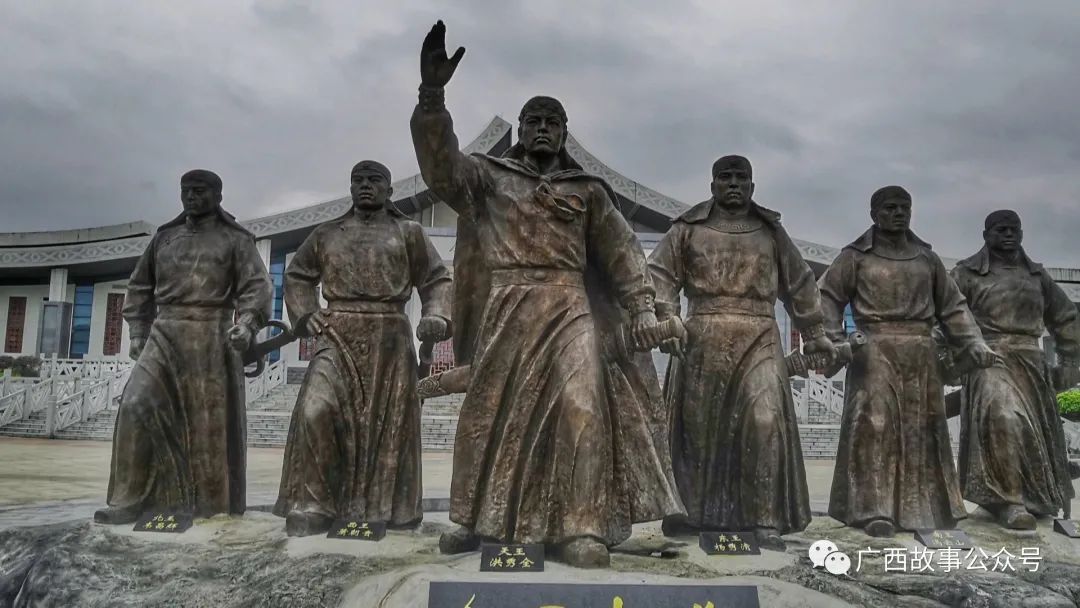
Huang Luyin, a librarian at the Guilin Museum, introduced: "The Li family likes plum blossoms. Their painting and ambitions have inheritance relationships."
(Huang Luyin, a librarian of the Guilin Museum)
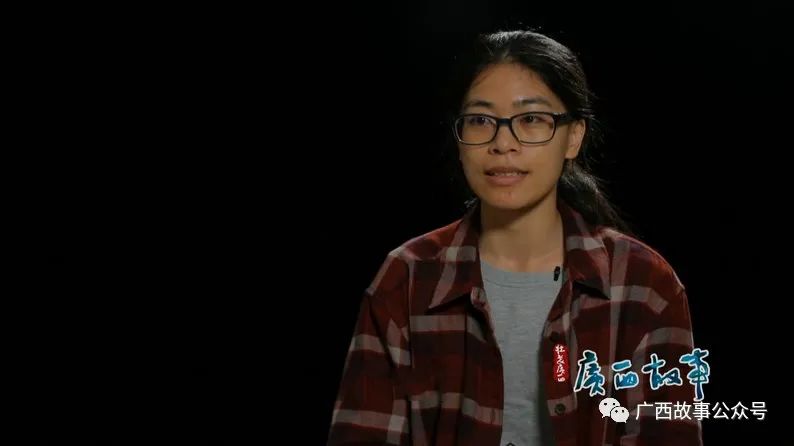
Most of the children of Li Xiyuan have inherited the talent of calligraphy and painting. Some are good at drawing orchid bamboo, and some are good at painting flowers and birds. Among them, Li Jishou is the best.
Li Jishou, No. stars, especially likes to paint plum blossoms. He has the reputation of "plum blossoms". Yang Qinhai, a well -known collector in the Qing Dynasty, once commented on his work. He Jishou planted more than 20 kinds of plum blossoms and more than 70 chrysanthemums in his hometown courtyard. The sparse shadow is horizontal, and the dark fragrance floats. Li Jishou regards the plum blossom as "the heart of the world", and takes the plum blossoms to the belief he is pursuing.
Li Jishou was raised in 1843. He did not have a hunger garden like his father, but was actively going out. During the twenty -six years of officials in Sichuan, Li Jishou was known for its integrity and wiseness. In the process of governing floods, Li Jishou also took the lead in donating his paintings to fund raising disaster relief.
For decades of official career, Li Jishou saw the political corruption at that time, and he was dangerous to the officials, but he still dressed in the dazzling people of the people. So far, in the Bashu Ancient Post Road in the ancient town of Nanguan Shiwang, Longchang City, Sichuan, there is still a Li Jishou Dezheng Place built by the Qing Dynasty. Essence
Liu Jiayi, former deputy director of Yongfu County Culture, Radio, Film and Television Sports and Tourism and Tourism and Tourism, believes: "The Li family is not only the eighth generation of calligraphy and painting, but also diligent and frugal. This ethnic group will make a good breeding. "
(Liu Jiayi, former deputy director of Yongfu County Culture, Radio, Film, Television and Sports and Tourism Bureau)
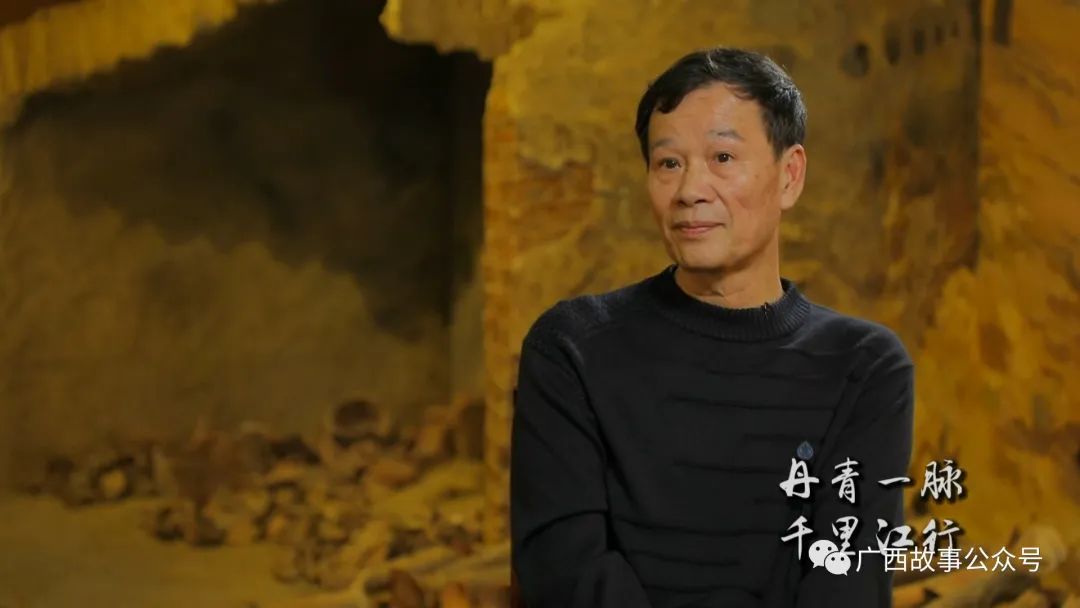
According to the classics and calligraphy of the Li family, it pays more attention to family style and builds a family with virtue. Since then, the third generation of Li Jirui and Li Jianian, the fourth -generation Li Hanhua, Li Qihua and other famous Chinese paintings have won the reputation of "brush like forest", which has gone through the eighth generation. They and the paintings of the Roche family, the Li Bingzhang family, etc. in the same period occupied an important position in the Guangxi painting industry in the Qing Dynasty, and brought a prosperity to Guangxi art. Because of the inheritance and careful care of generations, these precious paper painting works have been survived for more than 100 years.
Dan Qing's ink and ink, Li Xiyuan used a brush as a matchmaker, depicting the history of the landscape and the sinking history; in Miao Miao's smoke, Baili Lijiang changed the new face and reflected with poetry and painting.
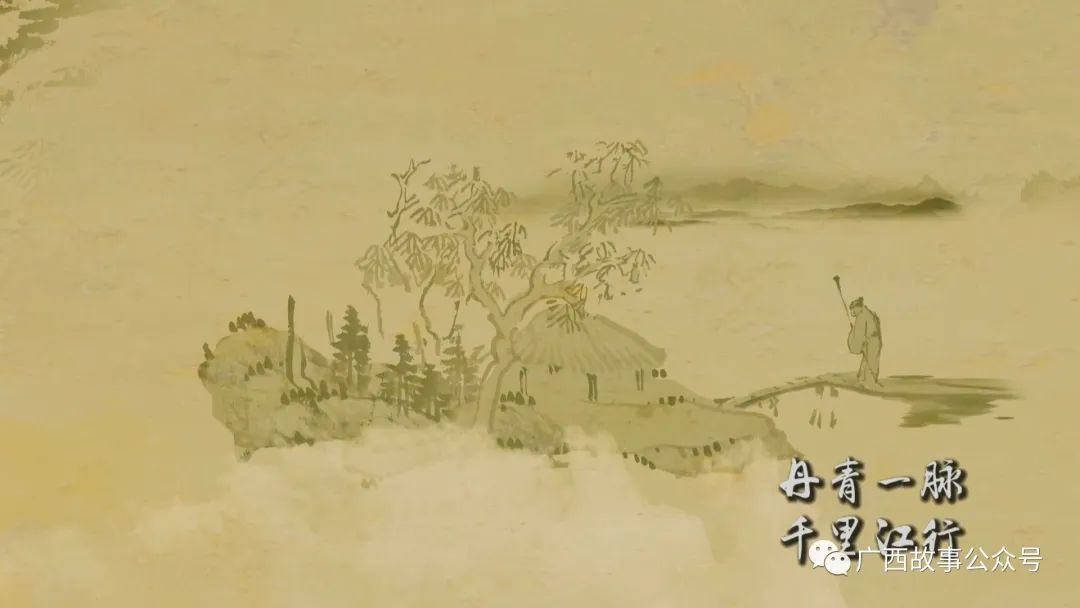
- END -
This master of Fuzhou is amazing!
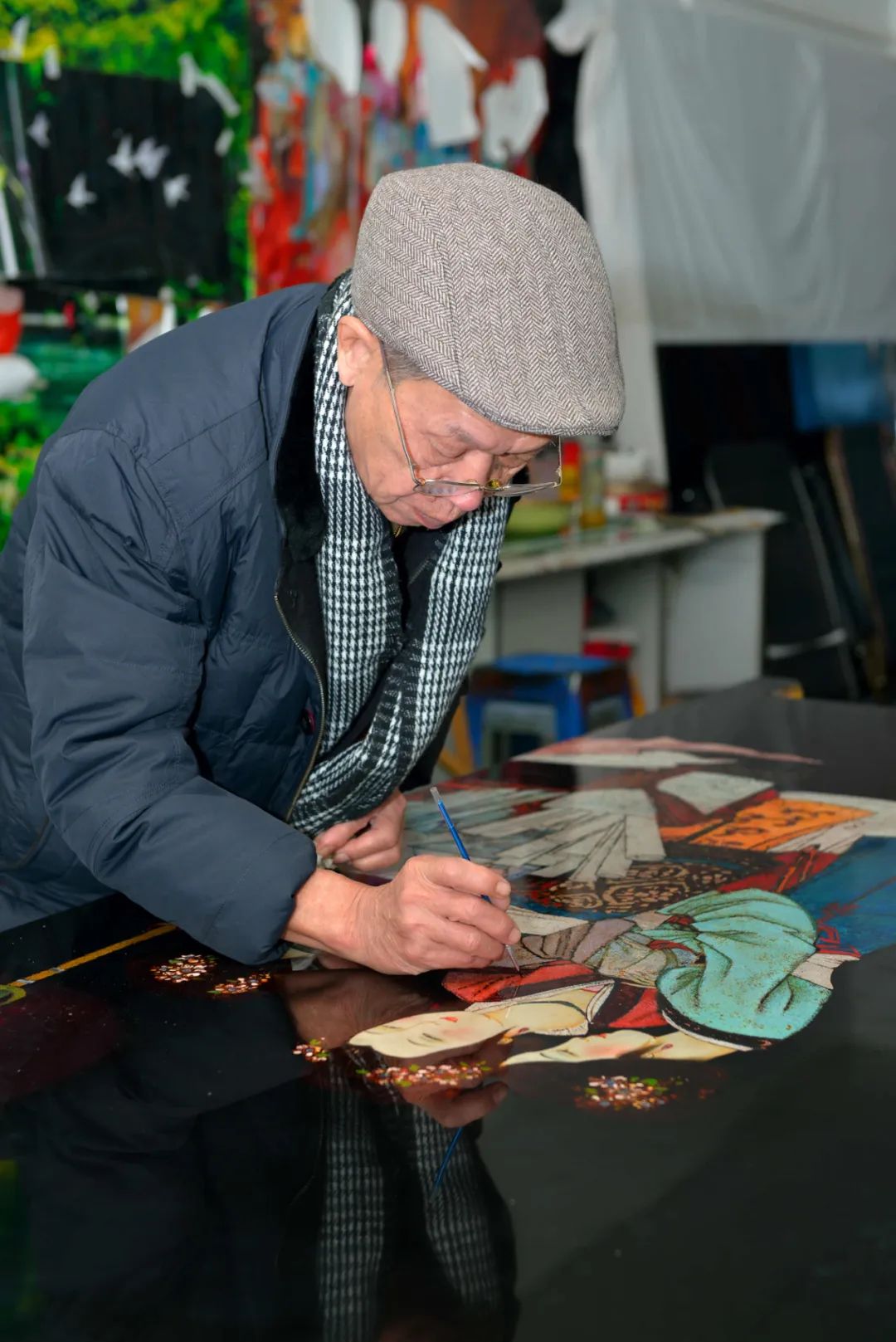
Zheng Chongyao, Fuzhou, Fujian. Born in 1934, graduated from Fuzhou Arts and Craft...
Read "Journey to the West", the honest person does not suffer

Lu Xun once said that Journey to the West is a game novel. It is fun, witty, full ...